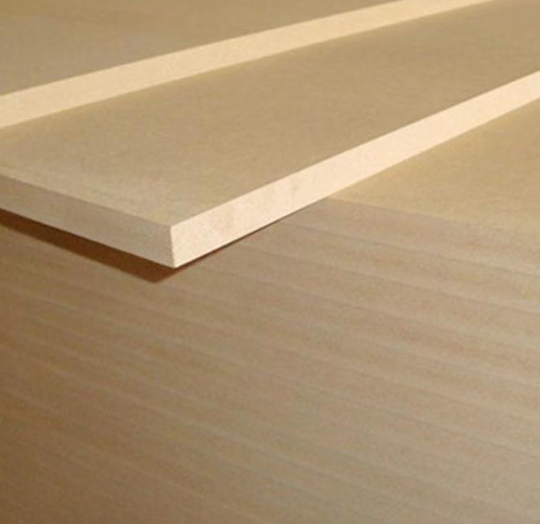In the field of high temperature insulation, ceramic fiber board and ceramic fiber cloth and other traditional materials have their own characteristics. In this article, we will comprehensively compare ceramic fiber board with other materials from multiple dimensions to help users make the best choice.
Performance differences with ceramic fiber cloth
Ceramic fiber board and ceramic fiber cloth although the raw material is similar, but the performance characteristics are very different. Ceramic fiber board has a higher structural strength and dimensional stability, suitable for occasions requiring support; while ceramic fiber cloth is more flexible, suitable for equipment that requires wrapping complex shapes. In terms of temperature resistance, both high-quality ceramic fiber board and ceramic fiber cloth can reach a temperature resistance level of more than 1400 ℃, but the ceramic fiber board in the long term high temperature creep resistance is superior.

Comparison with traditional refractory materials
Compared with traditional refractory bricks, ceramic fiber board has significant advantages. Its weight is only 1/5-1/3 of the refractory brick, which greatly reduces the load on the equipment; the thermal conductivity (0.08-0.12W/m-K) is more than 50% lower than that of the refractory brick, which has a better thermal insulation effect. However, in terms of mechanical impact resistance, refractory bricks are still better than ceramic fiber board. It is worth noting that ceramic fiber cloth can be used in conjunction with traditional refractory materials to form a composite heat insulation system that combines the advantages of both.
Difference with rock wool products
Ceramic fiber board beats rock wool products in high temperature performance. The standard ceramic fiber board temperature resistance is more than 400 ℃ higher than rock wool, and there will be no high-temperature melting problem. In terms of chemical stability, ceramic fiber board is also more resistant to acid and alkali. However, rock wool has a slightly better soundproofing effect in the room temperature segment and costs less. For medium and low temperature environments, using rock wool in conjunction with ceramic fiber cloth is an affordable option.
Comparison with nano insulation materials
Although the new nano insulation materials have lower thermal conductivity, ceramic fiber board still has irreplaceable advantages in comprehensive performance. Ceramic fiber board has better high temperature stability, construction is more convenient, and the cost is only 1/3-1/2 of the nano-materials. in practical applications, the ceramic fiber board with nano-materials, ceramic fiber cloth combination, often can achieve the best thermal insulation effect and economic benefits.
Taken together, ceramic fiber board in the field of high-temperature thermal insulation has a unique performance advantage. Used in conjunction with other materials such as ceramic fiber cloth, a more complete heat insulation system can be constructed. Users should choose the most suitable material or combination program according to the temperature requirements of specific working conditions, mechanical load and budget and other factors.


